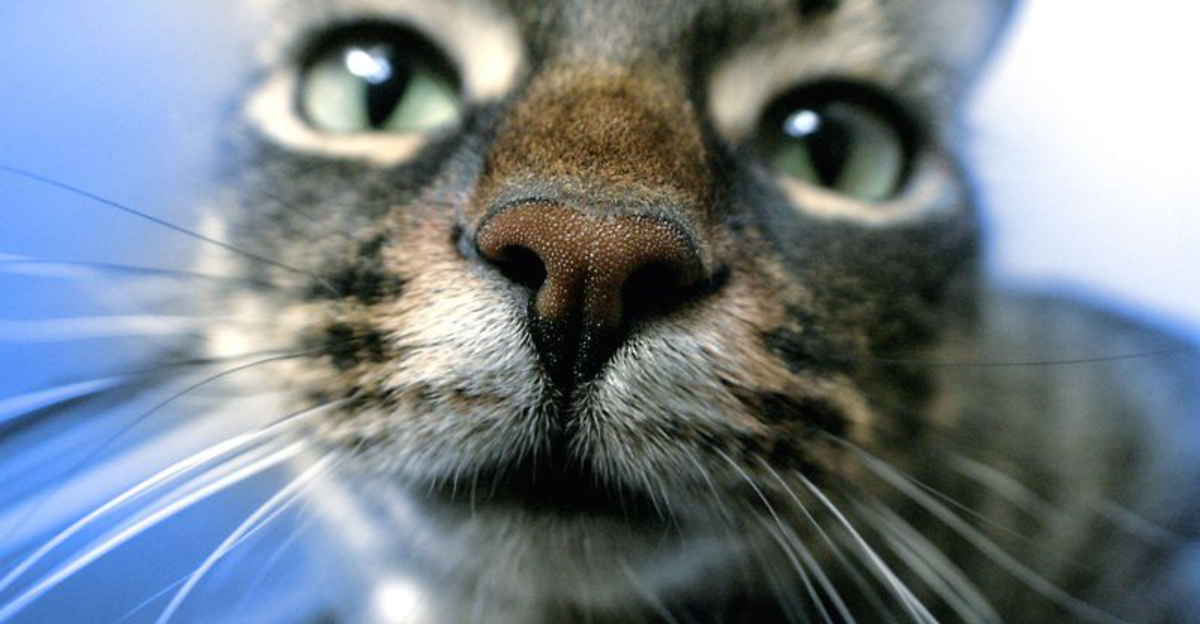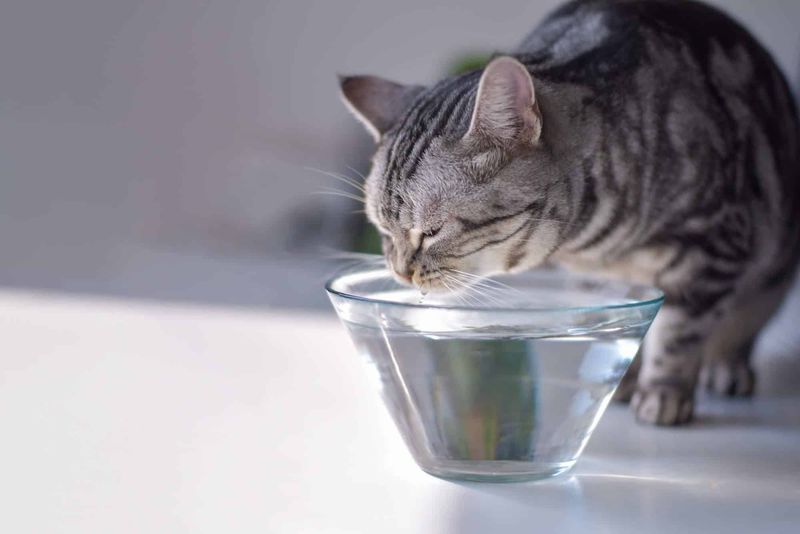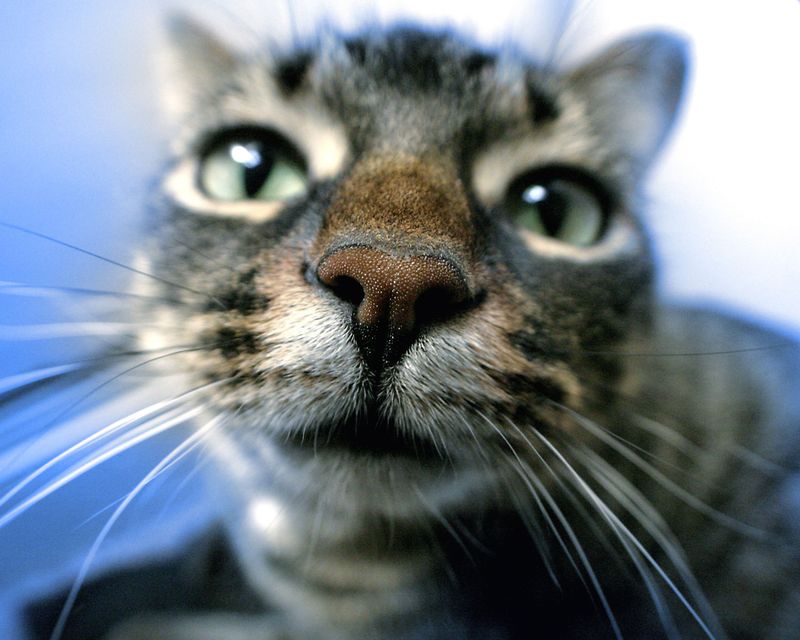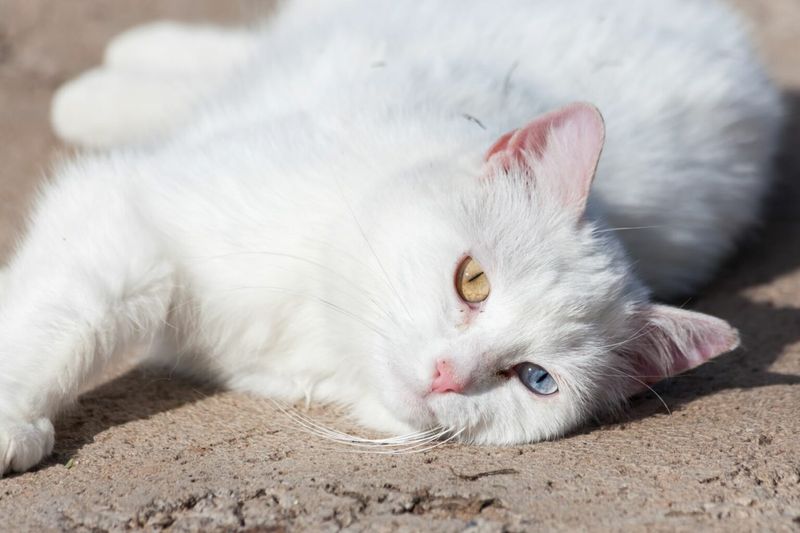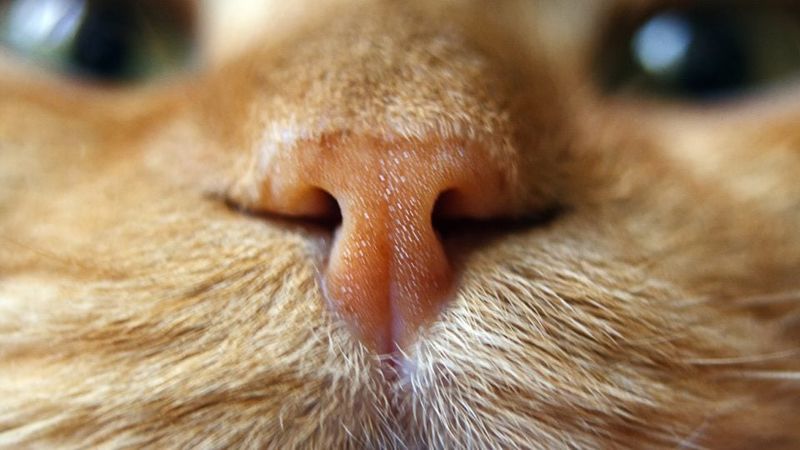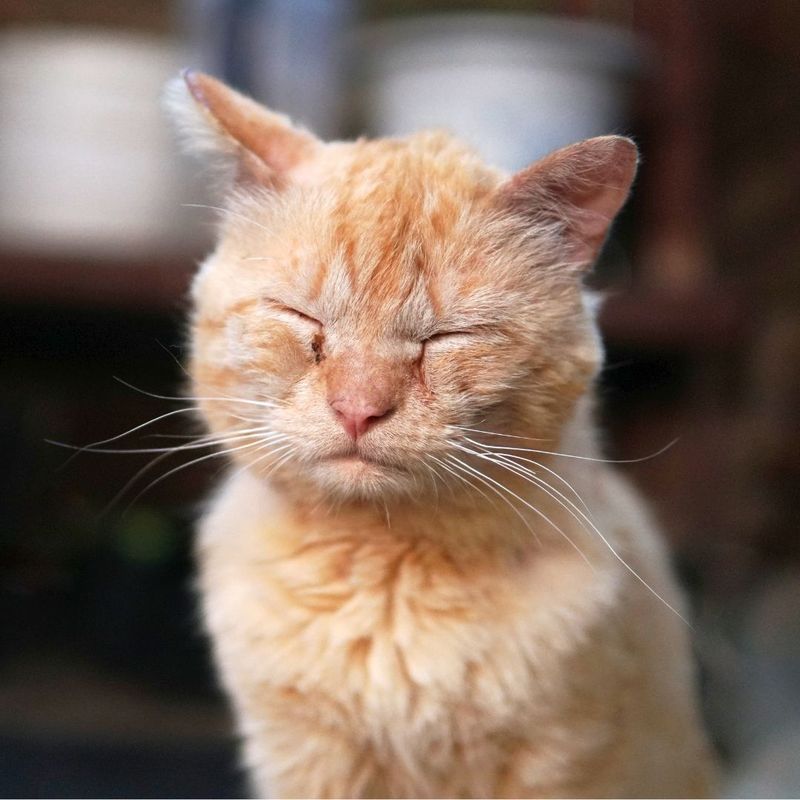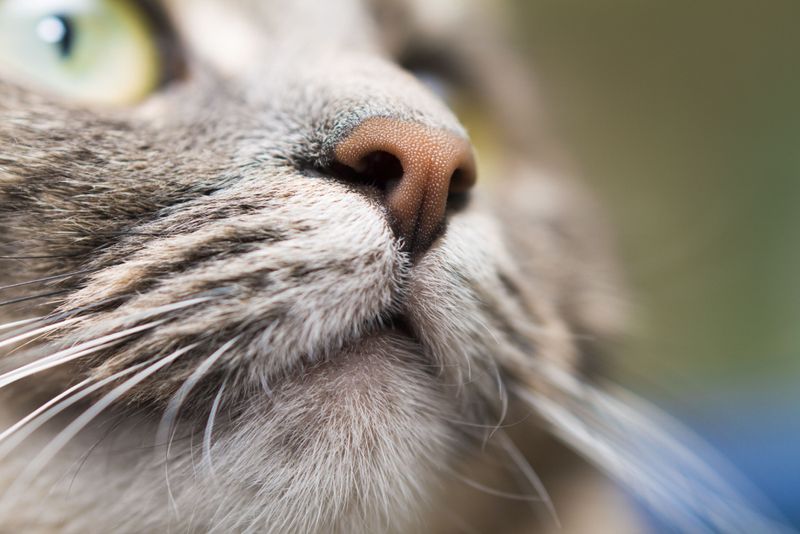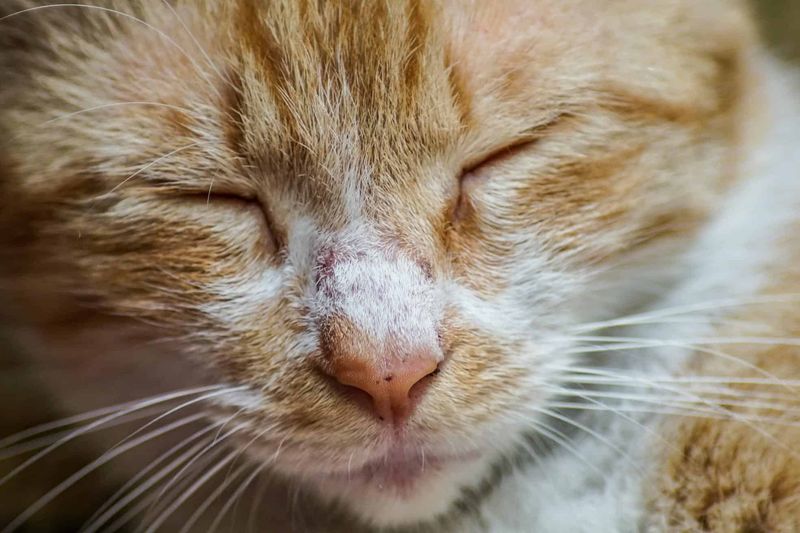📖 Table of Content:
It’s a widely held belief that a cat’s nose should always be moist and cool, but that’s not necessarily true. In fact, the moisture level of a feline’s nose can fluctuate throughout the day due to various benign or serious factors. As a cat parent, noticing your furry friend’s dry nose might spark concern—especially if you’ve heard it’s a sign of illness.
Cats are mysterious creatures, and their health can often be hard to read. Unlike dogs, they tend to hide discomfort, making it even more essential to pay attention to subtle signs like changes in their nose texture. While a dry nose can simply be due to a nap in the sun or lying near a heater, it could also be a hint at something deeper happening internally.
To ease your worries and help you understand when a dry nose is a red flag, we’ve compiled a list of seven possible concerns. These range from completely harmless to potentially serious, offering clarity on what to watch for. With this information, you’ll be better equipped to decide whether your cat just needs a water break or a visit to the vet. Let’s dive into each potential cause and what it might mean for your beloved companion.
1. Dehydration
One of the most common reasons for a dry cat nose is simple dehydration. A cat that isn’t consuming enough water may begin to show signs through subtle physical cues like a dry, warm nose. Their hydration levels are crucial for maintaining healthy skin, organ function, and circulation. Often, indoor cats who eat mostly dry kibble and aren’t enticed to drink from a bowl are more at risk. In such cases, their noses may lose their typical moistness as the body begins conserving fluids. Owners can perform a quick skin-tent test—gently lifting the skin between the shoulders—to see if it snaps back quickly or stays tented. If the skin stays elevated, or the gums feel sticky, it may be time to call the vet or encourage more water intake through wet food or fountains.
2. Fever or Illness
Sometimes, a dry nose is your cat’s quiet way of saying it’s feeling unwell. Elevated body temperature from fever can warm and dry out the nose, deviating from its usual cool, damp state. Unlike humans, cats rarely show obvious signs of sickness at first, so changes in their nose can be an important early signal. If your cat’s dry nose is accompanied by lethargy, decreased appetite, or unusual hiding behavior, these could all be symptoms of an underlying illness. Infections, especially viral ones like feline herpesvirus or calicivirus, often bring along other symptoms such as nasal discharge or eye gunk. A thermometer (used rectally, if your cat allows) can help you check for fever; anything above 102.5°F is cause for concern. Don’t delay contacting your vet if fever-like symptoms accompany that dry nose—early intervention is key.
3. Sunburn
Unprotected exposure to sunlight isn’t just dangerous for humans—it can affect your cat too, especially if they have a pink or lightly pigmented nose. Extended time in sunny windowsills or outside can cause the sensitive skin on their nose to burn. After too much sun, you might notice their nose becoming dry, flaky, or even scabbed, especially if they’re hairless or white-coated. Cats with chronic sun exposure are also at risk of developing more serious issues like skin cancer over time. Preventive measures like limiting outdoor time during peak UV hours or applying pet-safe sunscreen can be helpful. If your cat’s nose appears damaged or seems painful to the touch, consult your vet to assess the severity. Never ignore recurring dryness and crustiness if your kitty is a frequent sunbather—it might be more than just dry air.
4. Allergic Reaction
Cats, just like humans, can develop allergies to a variety of things in their environment. Dust, pollen, cleaning products, and even certain foods can trigger a histamine response that affects the skin and respiratory system. In such cases, the skin around the nose might become dry, irritated, or flaky. You might also notice other signs such as sneezing, watery eyes, excessive grooming, or itchy ears. Allergic reactions can vary from mild to severe, and sometimes they manifest subtly through changes in skin texture alone. Switching to hypoallergenic food, using unscented litter, or cleaning with pet-safe products can help rule out environmental triggers. If symptoms persist or worsen, a vet visit can help identify the allergen and establish a treatment plan.
5. Autoimmune Disorders
Rare but serious, autoimmune disorders can cause chronic issues around a cat’s nose and face. Diseases like pemphigus foliaceus can result in the immune system attacking healthy skin, leading to dryness, scabbing, and crusting of the nose. These symptoms often progress gradually and may be mistaken for simple dryness at first. Over time, affected cats might develop open sores, skin lesions, or changes in pigmentation. A dry nose in this context is a warning sign that something much deeper is amiss internally. Diagnosis usually involves skin biopsies or blood tests, and long-term treatment may require immunosuppressive medications. If your cat’s nose is constantly dry and crusty, especially with no environmental cause, autoimmune disease should be considered.
6. Environmental Conditions
Humidity plays a significant role in the condition of your cat’s nose. Dry indoor air from heating or air conditioning can sap moisture from their skin, especially in colder months. Unlike outdoor cats who get regular exposure to varied humidity levels, indoor cats are constantly affected by artificial climates. This can lead to temporary dryness on the nose, particularly after long naps or snoozing by a heater. Fortunately, this type of dryness is usually harmless and resolves once the environment changes. You can try adding a humidifier to your home or making sure your cat has shaded, cooler areas to rest in. Always take note if the dryness is paired with other symptoms, though—it might not just be the weather.
7. Nasal or Respiratory Infections
Respiratory issues often show up first through the nose. A dry nose, particularly when crusty or accompanied by nasal discharge, can be an early sign of an upper respiratory infection. These are especially common in kittens, shelter cats, or felines under stress. Sneezing, coughing, or labored breathing may follow as the infection progresses. Sometimes, a cat might also become less interested in food because they can’t smell it properly. Bacterial or viral pathogens are typically to blame and may require antibiotics or supportive care. Don’t overlook a dry nose if it’s joined by breathing changes—your cat may need medical attention quickly.
